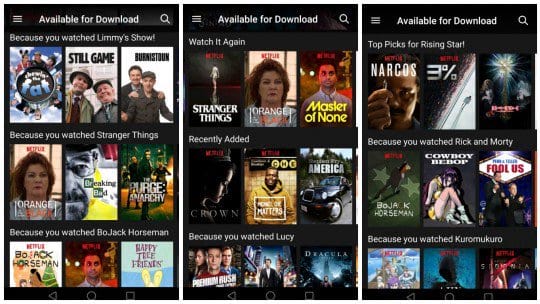The key to reducing OTT churn rates

OTT = “over-the-top,” the term used for the delivery of film and TV content over the internet.
The churn rate for OTT platforms is 19%, meaning that one in five households have canceled an OTT subscription in the past year. A lot of this churn can be attributed to consumer experimentation with content providers, which is primarily driven by the content offerings (I personally have considered switching from Netflix to Hulu just for The Mindy Project).
Most OTT content providers have low barriers to entry with no-contract, cancel anytime models to entice users to try their platforms. This model is helpful in capturing users seeking the unique content their platform offers but can backfire when users leave after their free, month-long trial.
Yes, of course having great content is what attracts viewers, but once you have it, the key to holding onto subscribers is experimenting to find out which parts of your user experience turn users away or capture their attention. It’s no secret that Netflix is an OTT role model in platform testing, running over 1200 tests a year and weaving experimentation into the core of their product building process.
There are so many areas in a user’s viewing journey that you could test and optimize, but the way that you curate and recommend content is the most important, according to UX expert Sarah Doody.
“You have to make sure that people can actually find the content that’s relevant to them. But it’s not enough to expect them to find it. That’s expecting too much of people today. This is why curation is so important. But there’s a problem with curation: it doesn’t feel human.”
Humanized curation
Sarah notes that in many user research and usability studies she’s done, a key insight was that people don’t trust the algorithm. “You might like this because you watched that” simply feels computed, not curated.

“One way to create a better UX around curation is to be more transparent and say something like, “we noticed you watched X episodes of ___, you might want to check out_____”. This creates a bit more context and feels more personal. Is it still an algorithm, yes! But it’s framed in a way that lets people know why they should check out the curated things.”
It’s true. Users are looking for even more personalization.
Curious to test Sarah’s hypothesis, I conducted a quick survey with some of my friends who are frequent consumers of OTT content — namely TSN now, Netflix, Bell CraveTV and Hulu — and asked them what they thought could be improved about the way that content is curated for them.
“‘It always seems to tell me that I have a 96% match rate, which is usually wrong. I’d also like to know more about why they think I would like it” (props to Sarah for calling this one).
“My recommended titles don’t change often enough, they should change more frequently to keep with with my frequency of login (which is embarrassingly often)”
“It would be cool to get recommendations based on what my friends are watching”
Yes, my sample size was a small group all in their twenties, but their opinion isn’t important; what’s important is that they had an opinion, which means that most users probably do. Running tests with different variations of curation experiences will help you understand which ones engage users most and encourage them to explore the other awesome content you have to offer.
Also, just because what you are doing now seems to work doesn’t mean that it couldn’t be improved. If you have a hunch that something that could work better, test it out with a small set of users! You never know until you try, and you also can’t commit your entire product’s fate to one unproven hypothesis.
Curate Experiences
“we are simply overwhelmed with content today. If you want to turn digital acquaintances into loyal customers or ambassadors, then you have to give them a memorable experience.”
Viewers will hop from platform to platform; their loyalty is rare and valuable. Having great content to attract them is the first step, but turning the way that they discover content into an experience that they look forward to is how you will hold onto them.

Taplytics is a product experimentation solution committed to helping teams build great digital products on all devices their users live on. By encouraging companies to execute, listen then iterate, Taplytics helps them validate product decisions with live user data to prove that they are making a positive impact.

